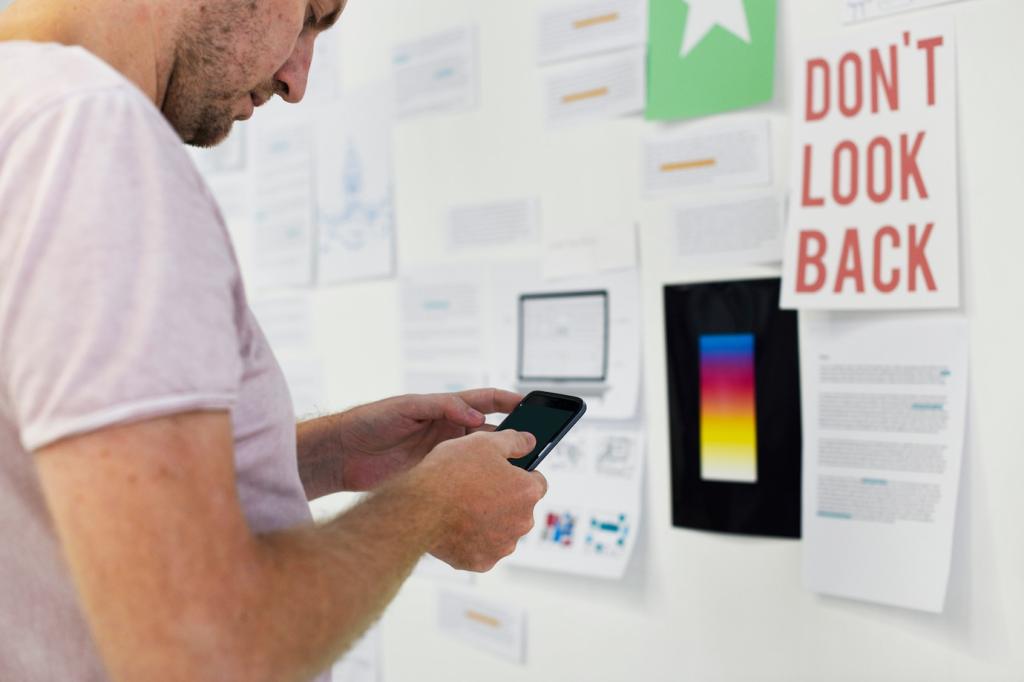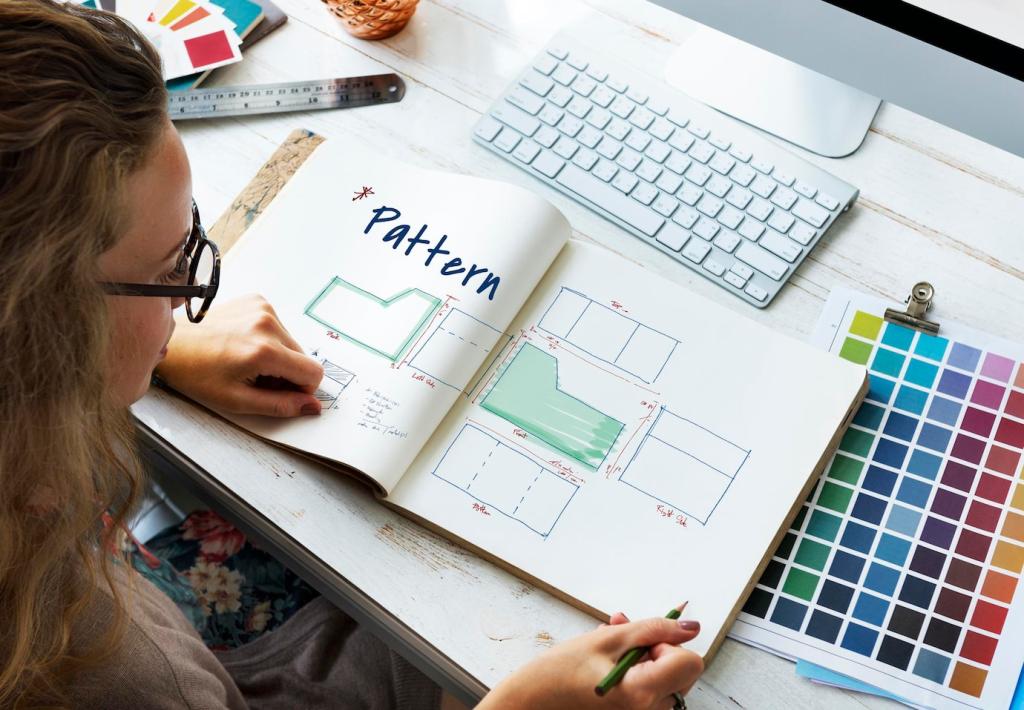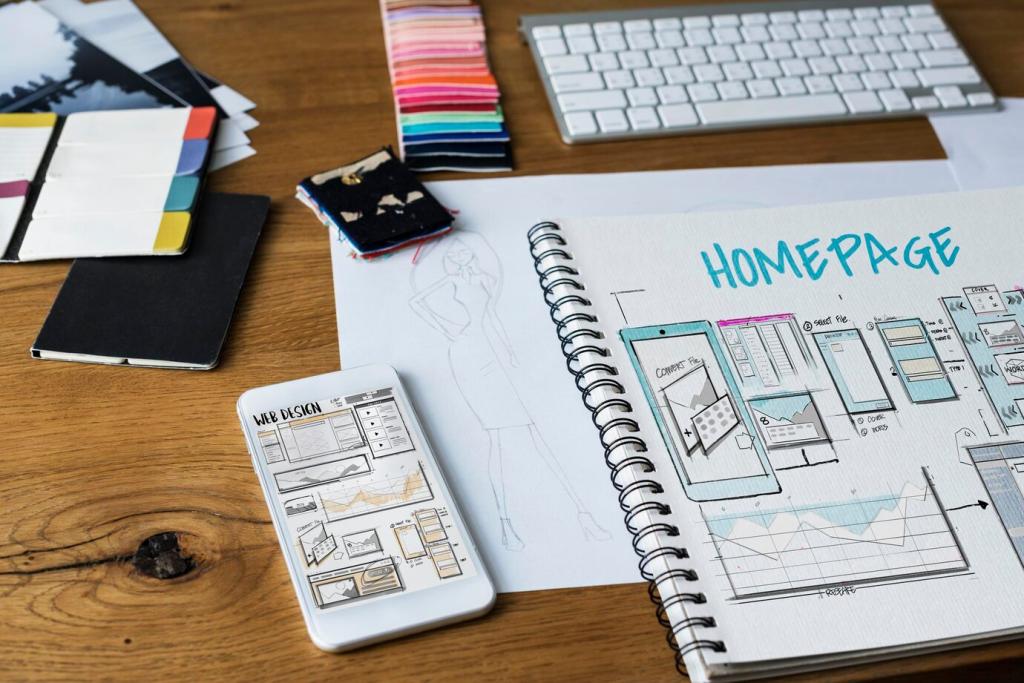Clarity First: Simplicity That Guides Every Tap
Group related actions, use plain language, and reveal complexity progressively. During a fintech redesign, we collapsed three overlapping flows into one guided path and reduced abandonment by a third. Tell us which steps you merged without losing crucial context.
Clarity First: Simplicity That Guides Every Tap
Aim for verbs and clarity over cleverness. Replace tiny paragraphs with decisive labels and helpful microcopy where needed. If users hesitate, the copy failed. Try before-and-after screenshots and ask subscribers to vote on which version communicates intent faster and cleaner.









